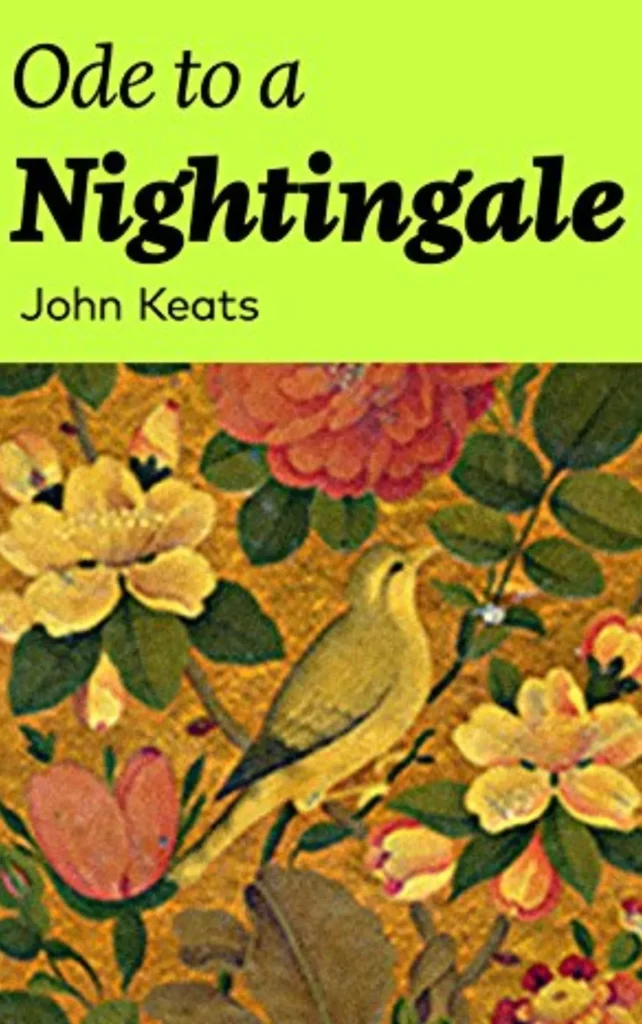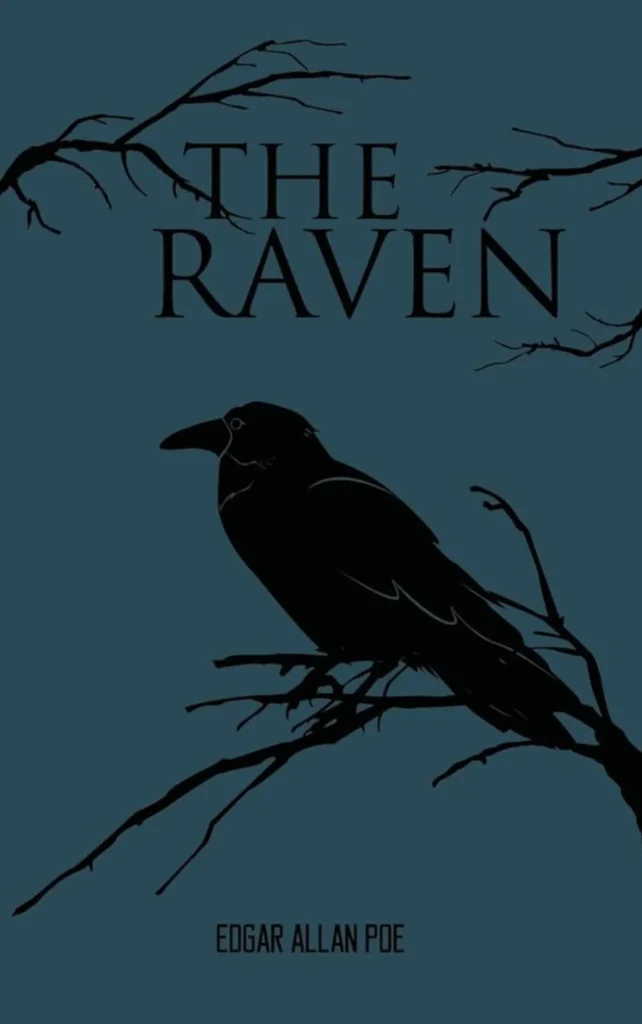About the Poem “My Last Duchess“
| Poem Title | My Last Duchess |
| Poet | Robert Browning |
| Genre | Dramatic monologue |
| Year published | 1842 |
| Poetic Form | Dramatic Monologue |
| Setting | Renaissance Italy |
| Speaker | The Duke of Ferrara |
| Themes | Jealousy, Power, Control, Art, Marriage |
| Tone | Arrogant, Controlling, Egotistical |
| Structure | Iambic pentameter, rhyming couplets |
| Literary devices | Dramatic monologue, enjambment, imagery, metaphor, personification, symbolism |
Themes of My Last Duchess
The themes of My Last Duchess by Robert Browning are:
- Jealousy ➤ The Duke is jealous and possessive of his wife, which leads to her tragic fate.
- Power and Control ➤ The Duke wields power and control over his wife and the painting, reflecting his dominance.
- Art and Beauty ➤ The poem explores the role of art in capturing beauty and the Duke’s obsession with preserving his wife’s beauty in the painting.
- Marriage and Relationships ➤ It delves into the dynamics of a marriage and the darker side of human relationships, particularly the Duke’s arrogance and cruelty.
“My Last Duchess” Poem by Robert Browning
That’s my last Duchess painted on the wall,
Looking as if she were alive. I call
That piece a wonder, now; Fra Pandolf’s hands
Worked busily a day, and there she stands.
Will’t please you sit and look at her? I said
“Fra Pandolf” by design, for never read
Strangers like you that pictured countenance,
The depth and passion of its earnest glance,
But to myself they turned (since none puts by
The curtain I have drawn for you, but I)
And seemed as they would ask me, if they durst,
How such a glance came there; so, not the first
Are you to turn and ask thus. Sir, ’twas not
Her husband’s presence only, called that spot
Of joy into the Duchess’ cheek; perhaps
Fra Pandolf chanced to say, “Her mantle laps
Over my lady’s wrist too much,” or “Paint
Must never hope to reproduce the faint
Half-flush that dies along her throat.” Such stuff
Was courtesy, she thought, and cause enough
For calling up that spot of joy. She had
A heart—how shall I say?— too soon made glad,
Too easily impressed; she liked whate’er
She looked on, and her looks went everywhere.
Sir, ’twas all one! My favour at her breast,
The dropping of the daylight in the West,
The bough of cherries some officious fool
Broke in the orchard for her, the white mule
She rode with round the terrace—all and each
Would draw from her alike the approving speech,
Or blush, at least. She thanked men—good! but thanked
Somehow—I know not how—as if she ranked
My gift of a nine-hundred-years-old name
With anybody’s gift. Who’d stoop to blame
This sort of trifling? Even had you skill
In speech—which I have not—to make your will
Quite clear to such an one, and say, “Just this
Or that in you disgusts me; here you miss,
Or there exceed the mark”—and if she let
Herself be lessoned so, nor plainly set
Her wits to yours, forsooth, and made excuse—
E’en then would be some stooping; and I choose
Never to stoop. Oh, sir, she smiled, no doubt,
Whene’er I passed her; but who passed without
Much the same smile? This grew; I gave commands;
Then all smiles stopped together. There she stands
As if alive. Will’t please you rise? We’ll meet
The company below, then. I repeat,
The Count your master’s known munificence
Is ample warrant that no just pretense
Of mine for dowry will be disallowed;
Though his fair daughter’s self, as I avowed
At starting, is my object. Nay, we’ll go
Together down, sir. Notice Neptune, though,
Taming a sea-horse, thought a rarity,
Which Claus of Innsbruck cast in bronze for me!
Watch Full poem Summary of My Last Duchess
My Last Duchess Summary & Analysis
My Last Duchess by Robert Browning is a dramatic monologue in which the Duke of Ferrara tells the Count of Tyrol’s emissary about his late wife. The Duke portrays the Duchess as a beautiful and innocent young lady, but he also admits that he found her behavior unacceptable. He accuses her of being disloyal, flirtatious, and disrespectful. The Duke then implies that he assassinated the Duchess because of her behavior.
The poem is set in Ferrara, Italy, in a 16th-century palace. The Duke is showing the emissary around his palace when they arrive at a portrait of the Duchess. Before telling the emissary about his late wife, the Duke takes a moment to admire the painting.
The Duke describes the Duchess as a beautiful and innocent girl. He says that she was “too soon made glad, / Too easily impressed.” He also reveals that she had a habit of smiling at everyone, which he found to be “disgraceful.”
The Duke then goes on to describe some of the specific behaviors that irritated him. He claims that the Duchess would “flush” at the sight of other men and would “listen too much” to what they had to say. He also claims that she would “greet too many” people with a smile at times.
According to the Duke’s descriptions of the Duchess’s behavior, he was jealous and possessive of her. He couldn’t stand the thought of her looking at or smiling at other men. He desired her complete devotion, and he was determined to control her every move.
The Duke’s jealousy and possessiveness eventually led to violence. He implies that he had the Duchess killed because of her behavior. He says that he “gave commands,” and that “then all smiles stopped together.”
The poem ends with the Duke casually shifting his attention to other topics. He shows the visitor the rest of his palace and discusses his future plans. He appears to have no remorse for his actions, and he appears unconcerned about the fact that he murdered his wife.
FAQs from My Last Duchess
What is the deeper meaning of My Last Duchess?
The deeper meaning of “My Last Duchess” is that power and control can lead to violence and oppression.
Is My Last Duchess Based on a true story?
Yes, the poem is loosely based on the real-life story of Duke Alfonso II of Ferrara and his first wife, Lucrezia de’ Medici.
Who is the speaker of the poem?
The speaker of the poem is the Duke of Ferrara.
Who is the Duchess?
The Duchess is the Duke’s late wife.
What does the Duke say about the Duchess’s appearance?
The Duke says that the Duchess was a beautiful and innocent girl.
What does the Duke say about the Duchess’s behavior?
The Duke says that the Duchess was disrespectful, flirtatious, and disloyal.
Why does the Duke imply that he had the Duchess killed?
The Duke implies that he had the Duchess killed because he was unhappy with her behavio
Is the Duke a reliable narrator?
No, the Duke is not a reliable narrator. He is arrogant and self-centered, and he is clearly trying to manipulate the emissary.
What poem can My Last Duchess be compared to?
My Last Duchess can be compared to Porphyria’s Lover, another dramatic monologue by Robert Browning. Both poems are about men who are obsessed with and controlling of their wives.











